2022 MLS Season Previews: New York Red Bulls, Philadelphia Union, Portland Timbers FC
/We’ll be publishing three team previews every weekday until the MLS season opens on Saturday, February 26, 2022. You can find all of them here!
_________________________________________________
New York Red Bulls: Amaya joke to you?
Once Gerhard Struber signed in 2020, Energy Drink Soccer would be returning to Harrison. And true to form, RBNY deployed a diamond designed to press aggressively, while attempting to force the opposition into certain traps to create turnovers (a good analysis can be found here). The attack was frenetic, vertical, and direct (see below). And while the team started with a 4-0-4 record, injuries to key players (e.g., the blown Achilles of Aaron Long and Caden Clark’s appendectomy) sapped depth, resulting in a miserable summer (3-6-4 record).
Close observers recognized that outside of one very poor game against the New England Revolution, the team remained competitive (of only 15 goals allowed in 13 games, six were by the Revs in two games). As the squad recuperated and Struber refined the tactics and formations, RBNY posted a 7-2-3 record through the final stretch. This led to a playoff berth and eventual first round elimination by the Philadelphia Union.
Prior to the 2021 season, there was a noticeable decline with xGD, falling from a 17.3 in 2018 to 0.13 in 2019 and -7.45 in 2020. In 2021, RBNY improved dramatically, posting a 10.37 xGD, which was good for fifth in the league (compared to fifth worst in 2020), while the team underperformed overall, gaining only 13th most points with 48 (the 2020 team averaged 1.38 ppg, close to the 2021 team ppg of 1.41).
The defense exhibited the most improvement despite the injuries, which reflected Struber’s management and tactical acumen. RBNY allowed only 33 goals on 35.43 xG (fourth best). The press and posture overwhelmed opposing teams. For example, opponents were forced to complete the most passes under pressure and over shoulder height, and RBNY intercepted the second-most passes, the most passes blocked, the second-most attacking third tackles (LAFC was the other press heavy side), and had the most midfield and attacking-third pressures. But the team’s press was controlled chaos as it only had the third-most pressures per game, and covered the eighth-most ground per Second Spectrum. Yet, RBNY still created the most turnovers from pressures per game.
The offense was the major weakness, scoring only 39 goals on 46.62 expected goals (10th league wide). RBNY did seem to generate chances, though, as they were fifth in the MLS in shots with 14.41 per match, but with the worst npxG per shot according to FBRef, they struggled with the execution.
Off-season trials and tribulations
Rumors swirled around Thelwell and Struber, with Europe beckoning both. Ultimately nothing came of that outreach, and it exhibited their commitment to RBNY. On the personnel side, in 2021 Thelwell chose a riskier path with the loan strategy, due to the resigning risk. The turnover, in addition to the recent Andres Reyes injury, is larger than expected. The most shocking part of the off-season was seeing the captain (and ASA favorite) Sean Davis leave for Nashville, despite considerable efforts from RBNY to re-sign him (Davis played every minute in 2021). Four of the top ten players in terms of minutes played and the only four positive g+ contributors (Davis, Duncan, Fabio, and Gutman) also departed. The graphic (below) shows the turnover.
But despite this turnover, Thelwell executed a focused plan to resolve roster weaknesses. First, Carlos Coronel was re-signed. Next, the team focused on MLS business, signing new #10, Lewis Morgan, as well as Dylan Nealis for the RB/RWB role. From abroad, the big signing was Luquinhas from Legia Warsaw, an attacking player that the team missed last year with Kaku’s departure. Tom Edwards and Caden Clark also returned on loan.
The personnel
Forwards – Patryk Klimala (F); Tom Barlow; Omar Sowe; Zach Ryan.
Patryk Klimala (8 goals, 6 assists) will lead the front line. FBRef captures Klimala’s contributions quite well. ASA shows him as creating the fifth most expected goals (12.62). But Klimala also vastly underperformed his expected goals figures by -4.62, and with FBRef at -5.7, the worst in the league. There were many opportunities that Klimala should have taken better, and one would expect him to finish a larger share of those chances. But, any close observer of Klimala saw a player making strong runs that stretched the field (and were often not found), pressed hard in the attacking third (see the graphic below, right), and also created a lot of opportunities for his teammates. The team’s offense was lackluster and simply did not generate the overall support for Klimala to succeed (finishing as a “skill” in MLS remains contentious). What is important is the method and skill set that Klimala contributes. One can hope that with a full pre-season and some more composure, Klimala will be able to convert more of those chances.
The forward group is made up of press machine Tom Barlow, and then Omar Sowe and Zach Ryan would soak up some other minutes if Klimala is not available.
Attacking Midfielders – Luquinhas (LAM); Lewis Morgan (RAM); Omir Fernandez; Caden Clark; Cameron Harper; Wikelman Carmona; Bento Estrela.
With the off-season acquisitions, the attacking midfielder position became a strength. The challenge will be how Struber deploys all of this talent. Luquinhas and Morgan will be the starting inverted wingers, but Caden Clark, Omir Fernandez, and Wikelman Carmona will compete for minutes (all three in top five in pressures-per-90 in 2021). With Struber’s teams historically stressing quick passing and verticality, it is interesting to see the make-up of this group being a bit more fleet of foot (especially Morgan) and smaller in stature.
Deep-Lying Midfielders - Dru Yearwood (DM); Christian Casseres Jr (DM); Frankie Amaya; Dan Edelman.
Both Dru Yearwood and Christian Casseres Jr. closed the season in great form. Yearwood will be a mainstay, but with the additions to the attacking midfielder roles, Casseres will be deployed in a more natural, deeper role. Dan Edelman progressed rapidly, and he may surprise and see more time at the six.
Wildcard: Sean Davis left for Nashville, and a massive burden falls on Frankie Amaya. RBNY splashed the MLS cash for him, and it is easy to see why Thelwell and co. liked Amaya. In the early season when he featured often in the diamond, these attributes were evident. But Amaya never found his game, and he featured less later in the season. Is Amaya the successor to Davis?
Fullbacks/Wingbacks – Tom Edwards (RB); John Tolkin (LB); Dylan Nealis; Jason Pendant (?).
John Tolkin and the reacquired Tom Edwards (with Dylan Nealis backing him up) will be the starting fullbacks or wingbacks. The team will miss the depth provided by the defensively sound Gutman, as well as the offensively skilled Kyle Duncan. But if Tolkin is injured or suffers a sophomore slump, reinforcements will be needed.
Center backs – Aaron Long (LCB); Andres Reyes (RCB); Sean Nealis (CB); Lucas Monzon.
The center back depth was such that Aaron Long could regain match fitness at his leisure. But with the prolonged absence of Andres Reyes, there should be some concern that the only fully fit CBs are Sean Nealis and highly rated Lucas Monzon. While Thomas Edwards can play CB, RBNY seems to be looking for a long-term solution, as Long is in the final year of his contract, and Reyes previously received European interest.
Goaltenders – Carlos Coronel; Ryan Meara; A.J Marcucci.
After a superb 2021 season, the RBNY brain-trust prioritized resigning Carlos Coronel. He was one of the best goalkeepers at -2.65 G-xGAs and fifth best shot stopping G+.
Present depth chart with a fully healthy roster in the 3/6/1 formation
Depending on how the incumbents perform, we may see the team look for a 9, a ball winning 6, and a LWB.
Likely formations (if the squad stays healthy…)
Klimala surrounded by Luquinhas and Morgan will be the heart of the attack. The supporting players in attack are now more naturally suited to these roles and should execute better on the transition moments from turnovers. At Legia last year, Luquinhas was deployed as an inverted winger on the left side, and combined with the ambidextrous and pacey Morgan cutting in from the right (he is naturally left-footed), one can imagine the types of overloads and attack that RBNY will feature. Klimala also often receives the ball on the left wing, which should result with Luquinhas/Morgan bombing through the central channels. The new personnel also may offer an alternative to the over reliance on the fullbacks during buildup and progression moments.
3-6-1
The 3-6-1 became the go-to formation for the squad as the 2021 season closed. With the current roster composition and Davis gone, Yearwood and Casseres would slot into the holding midfield positions.
Christmas-tree formation
An interesting tactical variation may be the 4-3-2-1. Casseres and Yearwood would be in very free “8” roles (could Clark be an option here?).
The diamond
Struber initially deployed the diamond, but injuries and personnel limitations scrapped that. Up top, it would mean Klimala paired with Morgan, and Luquinhas slotting into the pressing 10 role. In the midfield, Caden Clark would play in one of the shuttler roles with Dru opposite. Amaya would be a natural in the base of the diamond.
2022 prognosis
With the exciting additions to the offense, and a more nuanced version of EDS being deployed by Struber, this team should be a threat to win every tournament it is competing in.
_________________________________________________
Philadelphia Union: Hip, Hip, Uhre!
By Brian Greenwood
Can the Union continue on their upward trajectory and make the final step towards MLS Cup?
In last year’s preview, Jared Young pointed out the fact that despite selling Brendan Aaronson and Mark McKenzie for north of $10 million, the Union didn’t make a big splash in the transfer market. Well, having a little patience pays off.
The Union broke their club-record transfer fee this offseason with the signing of striker Mikael Uhre from Brøndby IF in the Danish Superliga, paying a cool $2.8 million fee for his services. Uhre scored 21 goals and had six assists across all competitions in 2021 on his way to winning the Golden Boot in the top-flight Danish league. During the 2020-2021 season, his G+A-Pk per 90 was 0.80 and he’s currently at 0.91 for the 16 matches played so far this season for Brøndby. Uhre is a proven European goalscorer — a type of player the Union have never had, until now.
The striker position has been a point of contention among Union fans for the past couple years and maybe what finally prompted the purchase of Uhre was the team’s inability to score goals down the stretch in 2021. The team only scored three goals over their three-game playoff run, with an average xG of 1.57 across those three games. For the season, Kacper Przyblko led the team with 12 goals, and their next-highest goalscorer was Sergio Santos with six. Their goal difference was +13, compared with +24 the year prior.
Speaking of Przyblko, The U traded him to the Chicago Fire (and our own Kevin Minkus) in exchange for $1.15 million in Garberbucks. Philly also shipped out Jamiro Monteiro to San Jose for $450k in allocation money. This move probably doesn’t come as a much of a surprise, since Monteiro was almost transferred in the summer of 2021. Montiero leaving frees up space in a crowded midfield where a number of homegrown players are vying for playing time. In addition to Monteiro and Przyblko, Anthony Fontana signed with Serie B side Ascoli. Fontana was supposed to slot into the hole left by Aaronson but didn’t find the field much during the 2021 season.
On the incoming side, the U acquired Julián Carranza on loan from Inter Miami CF in exchange for a second round pick in the 2022 MLS SuperDraft. Given the U's disdain for the draft since Ernst Tanner's arrival, this is a low risk, high reward signing. Carranza shapes up to be Uhre’s strike partner and will probably play in a deeper position than Uhre. And in expected Union fashion, the team also signed a homegrown player, fullback Anton Sorenson, to a senior team deal.
Despite losing a couple of core players from last year, the Union are returning players that accounted for 84% of minutes played in 2021. Of that group, Jakob Glesnes logged the most minutes for the Union with 3,385 last year and his backline partner Elliot was second with 3,289. Andre Blake turned in one of the best seasons of his career last year and led all MLS goalkeepers in goals added with 8.47 (+0.31 per 96’).
Consistency is the story in the roster as well as in the coaching staff, front office and overall club strategy. As Jared pointed out last year,
“The Union are playing the long game. The Academy pipeline and Ernst Tanner’s knack for identifying obscure talent is the combination that appears to be keeping the team above the playoff line. Spending on players doesn’t need to be the answer, they just need to do some things a little bit better than the others.”
While the Union are still relying heavily on their academy and finding undervalued talent in the transfer market, it’s become obvious that spending on players in certain positions is the next step the club has to take. The signing of Uhre checks off that box, and there have been hints that another signing of the same caliber is possible.
One question facing the Union this year is whether Gazdag can perform as the number 10. Signed in May 2021, Gazdag played half the season last year and recorded four goals and three assists. Uhre and Carranza (and the rest of the Union striker pool) will need service, and Gazdag will be the one initially responsible for providing it. His passing numbers from last year were not the best. He logged 13 key passes, an xA of 2.19 and a passing g+ of -0.37 in 2021. It’s tough to join MLS midseason and perform well, so Gazdag should be given some leeway here. Depending on how Gazdag performs, don’t be surprised to see Paxten Aaronson be given the creative reins for some games.
Despite losing Brendan Aaronson and Mark McKenzie to Europe, the Union went farther in the 2021 MLS Cup Playoffs than ever before, ultimately losing to NYCFC in the Eastern Conference Finals. Had it not been for some inflexible health and safety protocols, they may have even had a 50/50 shot at lifting the MLS Cup. With little roster turnover and a big designated player signing, the 2022 Union roster shapes up to be the most complete roster in the team’s history. With increased success comes increased expectations and the expectation this year should be a deep playoff run, if not silverware.
_________________________________________________
Portland Timbers: Papa’s got a brand-new grab bag
By Jeff Bull
Despite a stunning first-round playoff exit at home against an unfancied FC Dallas in 2020, the Portland Timbers returned something close to the same team for 2021. They’d added only a pair of fullbacks - Claudio Bravo and Josecarlos Van Rankin - but that’s it. As such, it looked like another season of asking Diego Valeri, Diego Chara and Sebastian Blanco to keep the magic going, with the latter rehabbing an ACL tear to start the season. They also returned the same defense in center-backs Larrys Mabiala and Dario Zuparic, with Bill Tuiloma pushing to start and Zac McGraw for depth, plus Steve Clark and Jeff Attinella as the main goalkeepers. Though of the keepers, one is prone enough to defensive gaffes that Portland fans have good cause to hold their breaths through every attack. The players who arrived mid-season, like former Timber George Fochive and young Colombian Santiago Moreno, looked like either depth or promise, respectively, but not the shot of nitrous fans might have pined for. After that, Portland seemed content to roll with the big alleged game-changing signings they’d made ahead of 2020, Felipe Mora, Yimmi Chara and Jaroslaw Niezgoda.
Blanco wasn’t alone on the rehab table. Niezgoda also tore his ACL in 2020, Jeremy Ebobisse had concussion issues to overcome, plus Yimmy Chara and Mabiala both missed some early games. With debits outweighing credit at First Kick, most people expected Portland to start slow and improve as players healed and arrived at fitness. They came through on the slow start, picking up just 23 points over the first half of 2021 on a 7-8-2 record. Worse, a goal differential that went underwater after the third game of the season (a 1-4 road loss to — who else — Dallas) failed to come up for air and sat at -7 and a -6.26 xGD at the season’s midpoint. When the very next game saw the Seattle Sounders kick the snot, stuffing, and everything else out of Portland in a 2-6 loss at Providence Park, looking for a towel to throw in seemed like a fair response.
The Timbers clawed their way out of all the holes, of course, ending on a 17-13-4 record and a +4 GD. The momentum from the reversal saw them hit the postseason as one of the hottest teams in MLS. Cue the team effort cliché: Mora had a season most MLS forwards would take in a heartbeat; Yimmi Chara made quiet contributions, both glamorous (six goals, seven assists) and rugged (some damn solid defensive work), and Dairon Asprilla, the man both celebrated and vilified as MLS’s “Mr. October,” finally had his career season. Sebastian Blanco came all the way back just in time, chipping in numbers (seven goals and seven assists) and serving as a rally flag, but the thriftiest part of the transformation arguably came on the other end of the field. Literally the same defense that allowed an average of 1.71 goals/game over the first 17 games cut the same number down to 1.24 over the final 17; they pushed that number lower still in the playoffs.
All that was good enough to carry them to MLS Cup, a game they hosted and — yes — pissed away on the home pitch. For what it’s worth, Portland distilled all their seasonal difficulties into those 120 minutes plus penalty kicks, giving up a dumb goal and struggling to score, but they still proved not just a lot of people, but also the numbers, wrong. If you toggle through the columns on American Soccer Analysis’ team xGoals page, you’ll see the Timbers come out on the wrong end of multiple stats, particularly when measured against expectations. They exceeded their expected goal differential by a massive 12.60 goals. Then again, how much of that followed from something as top-level obvious as how the season split, with a weak first half versus a strong second? Going the other way, Asprilla might have hit the over on his xG on this shot alone.
So, what does all that mean for the Portland Timbers’ 2022? Quite a bit, honestly.
They’re returning most of the same players, for one. Because Giovanni Savarese barely played him over the second half of the season, Diego Valeri’s return to Argentina’s Lanus counts mainly as an emotional loss for Timbers fans. It’s mostly tinkering from there with the same defense lining up in front of either Aljaz Ivacic or David Bingham instead of Steve Clark (gone to Hell/Houston) and Jeff Attinella (retired), plus still smaller departures like Renzo Zambrano (who barely started) and Andy Polo (under a cloud for charges of domestic abuse, along with the Timbers front office, who continue to deceive and evade responsibility). Those changes aside, they held onto every other player of note, including Blanco, after a rumor-tinged dance. Some dark clouds hang around Blanco (as perhaps, and existentially, overelaborated here), including his age (he’ll be 34 in March) and once-damaged knee that perhaps hasn’t fully healed. The same applies to Williamson’s knee and (possibly) Niezgoda’s entire body, but, by and large, Portland seems to be riding a similar horse.



With the defense largely unchanged (for good or ill), and just two clear starting forwards (Mora and Niezgoda) nearly all the fun ‘n’ intrigue for Portland’s 2021 resides in and around its over-stuffed midfield. Cristhian Paredes returns, who I now see as a shuttling eight and a decent bet for a regular starter, but also Fochive (I’m guessing depth) and Marvin Loria (deeper depth). But there are larger questions, such as how does Portland fit Yimmi Chara, Santiago Moreno and Dairon Asprilla on top of Blanco and Diego Charaa? Even that leaves open the question of what happens when Eryk Williamson comes back or whether new signing David Ayala will get real minutes in his first season? (After five years of Lucas Melano and the Brian Fernandez implosion, I keep hope at arm’s reach.)
For what it’s worth, Savarese has always struck me as fairly conservative, so I expect he’ll settle into a fairly stable starting XI that complements Blanco and Diego Chara and spice it up with the options at his disposal as circumstances and injuries dictate. I don’t know how much Savarese will need to manage Blanco over the 2022 season, but Diego Chara played like the 29-year-old people pretend to be till they step into the grave and all the way through MLS Cup. Plan A could work again, basically.
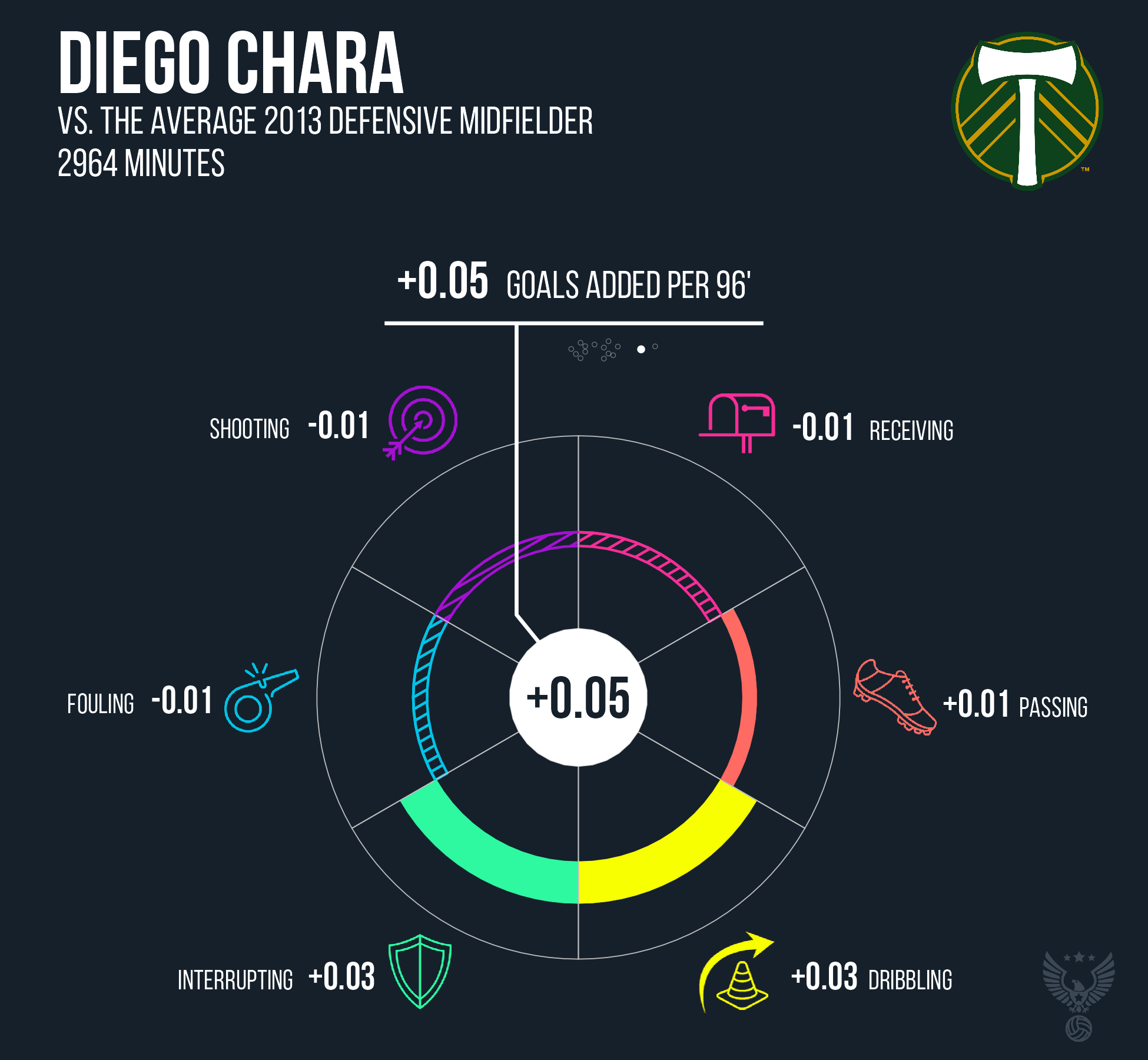
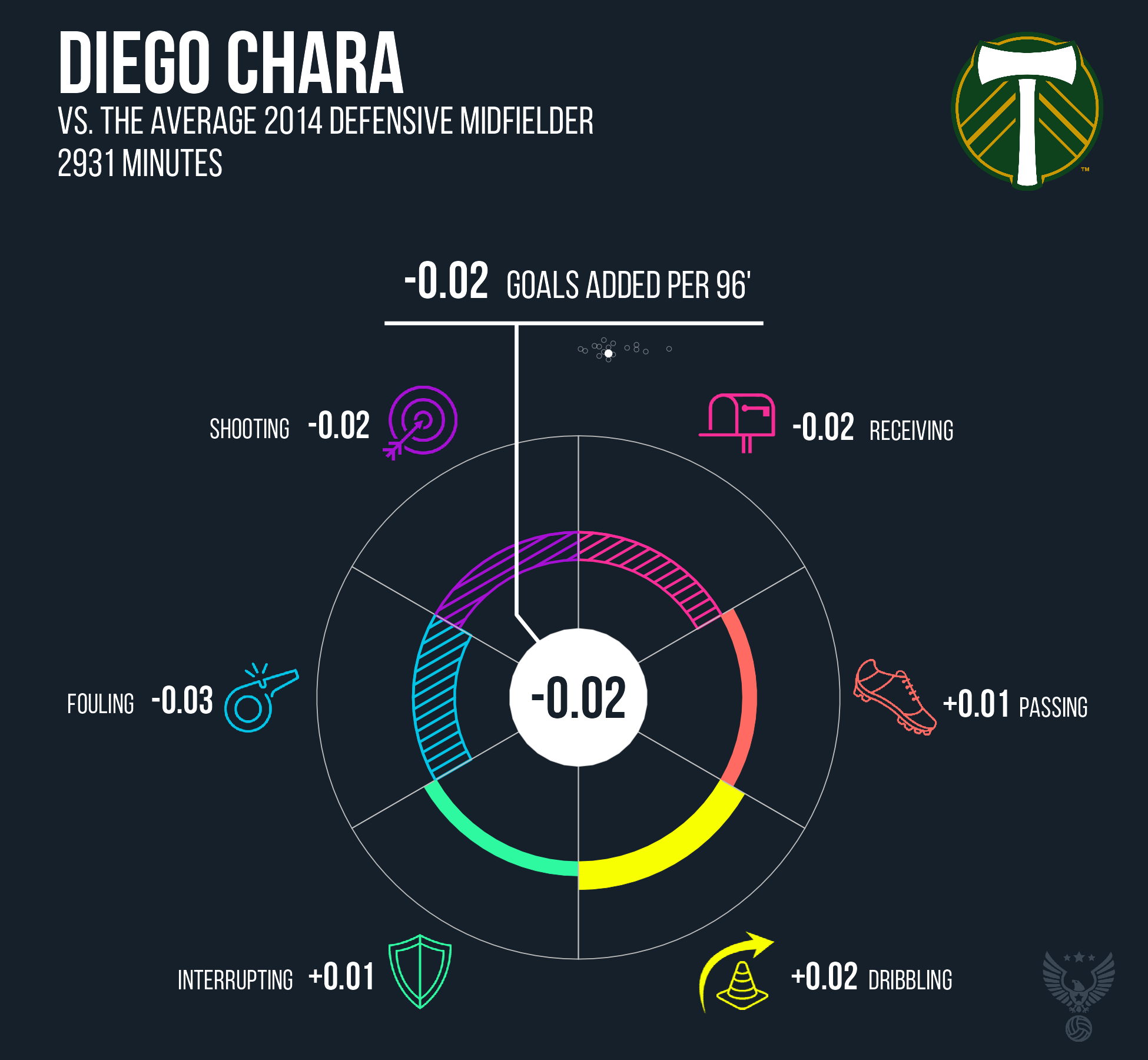

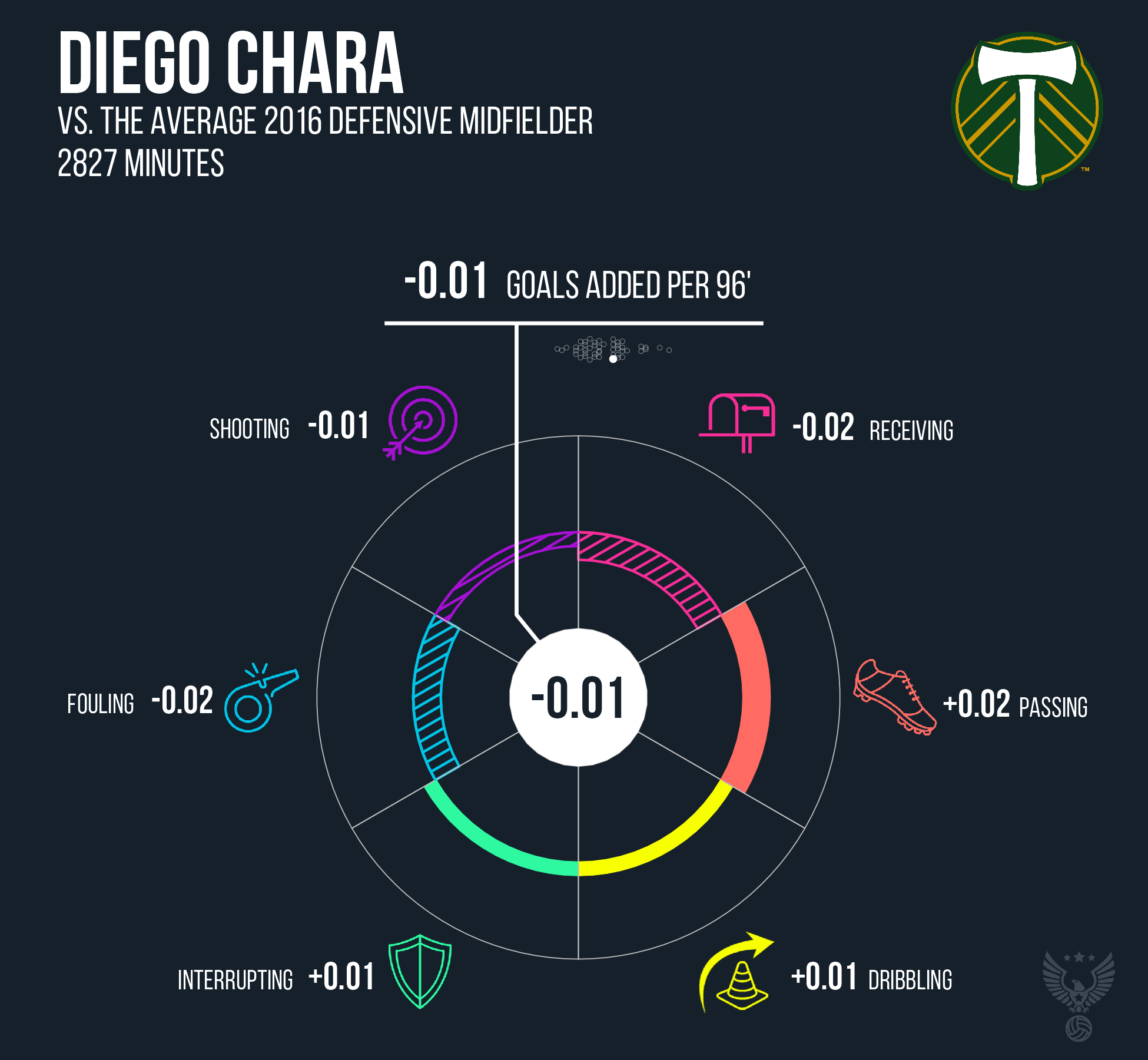
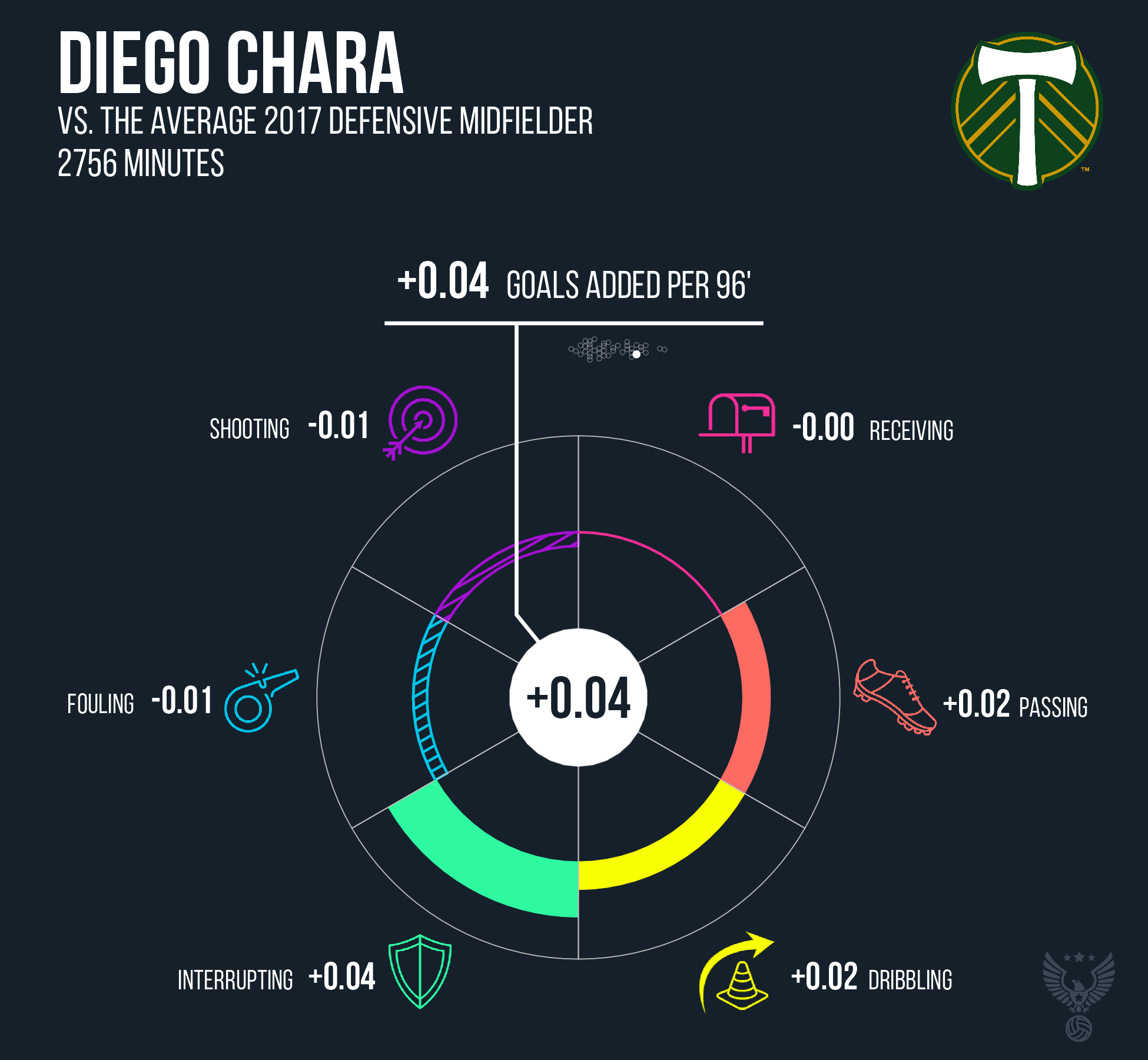
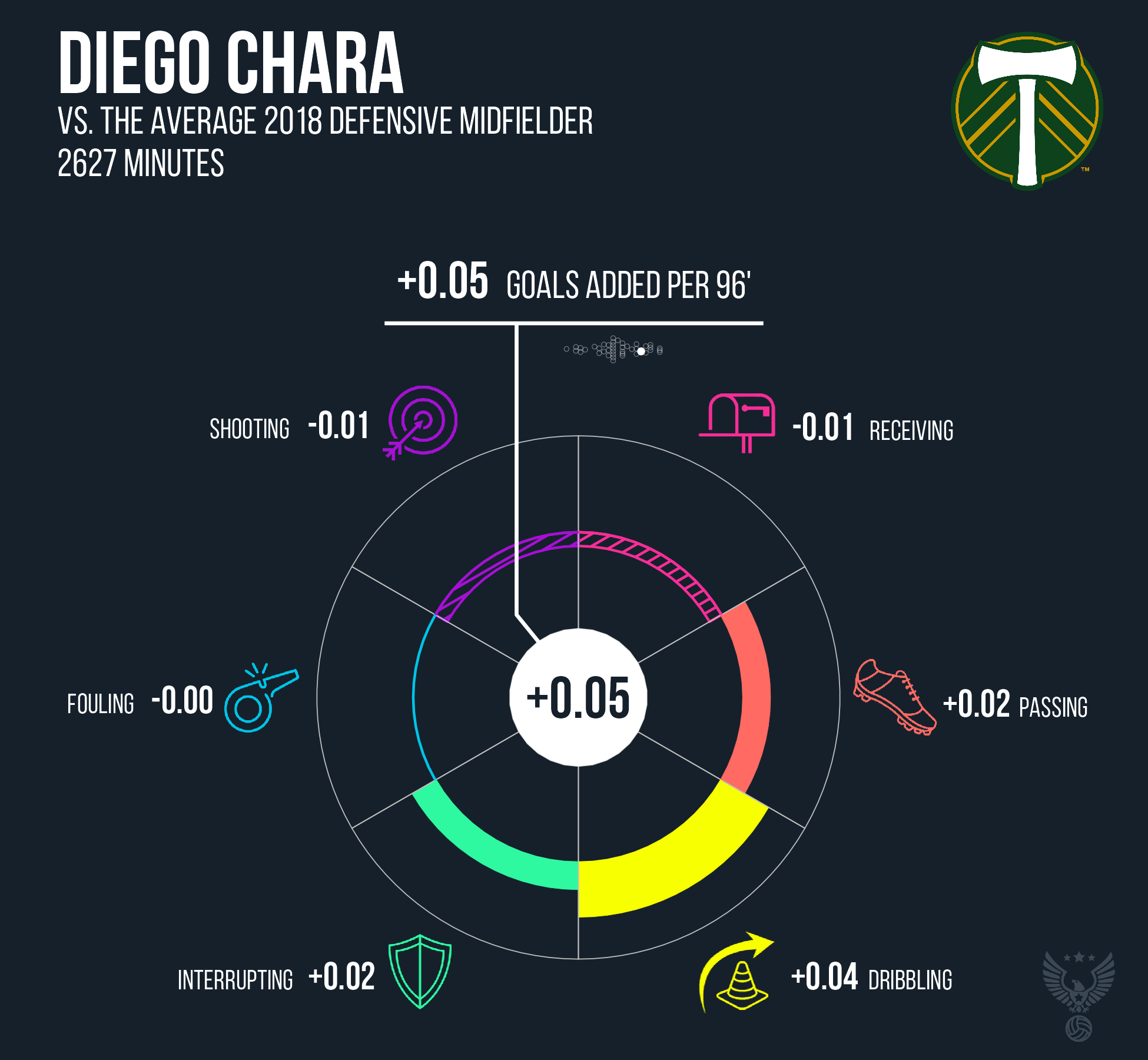
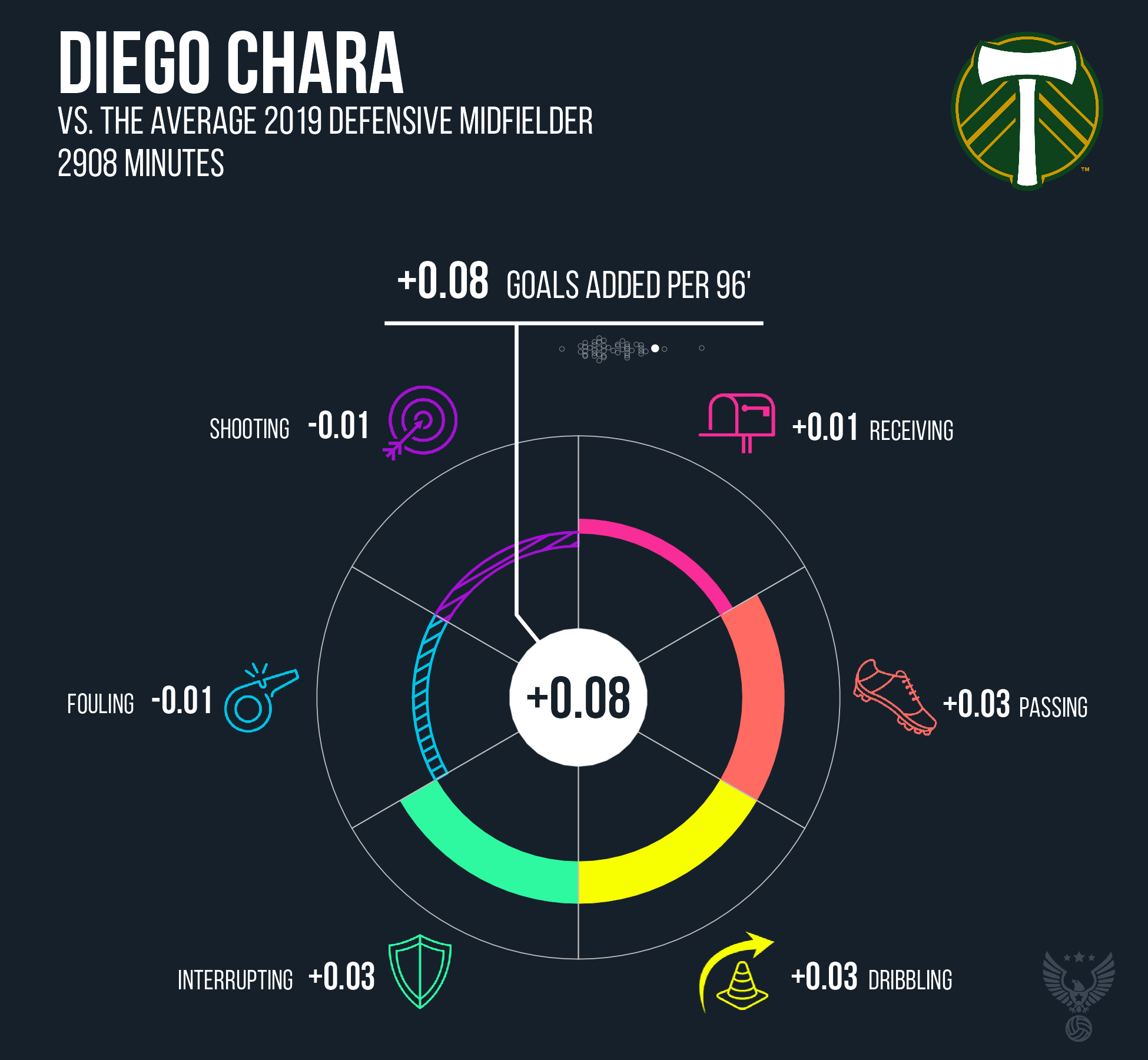
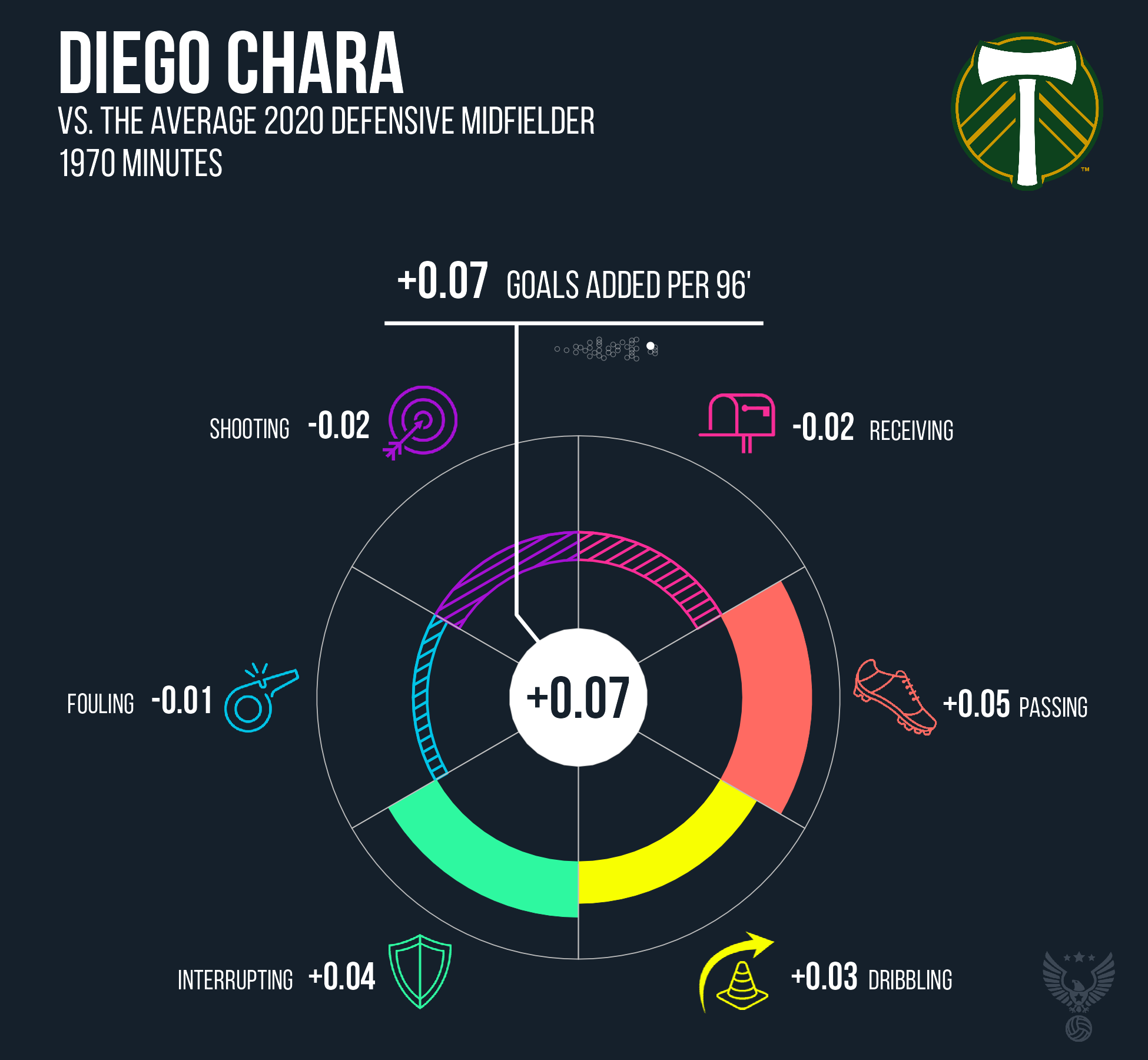
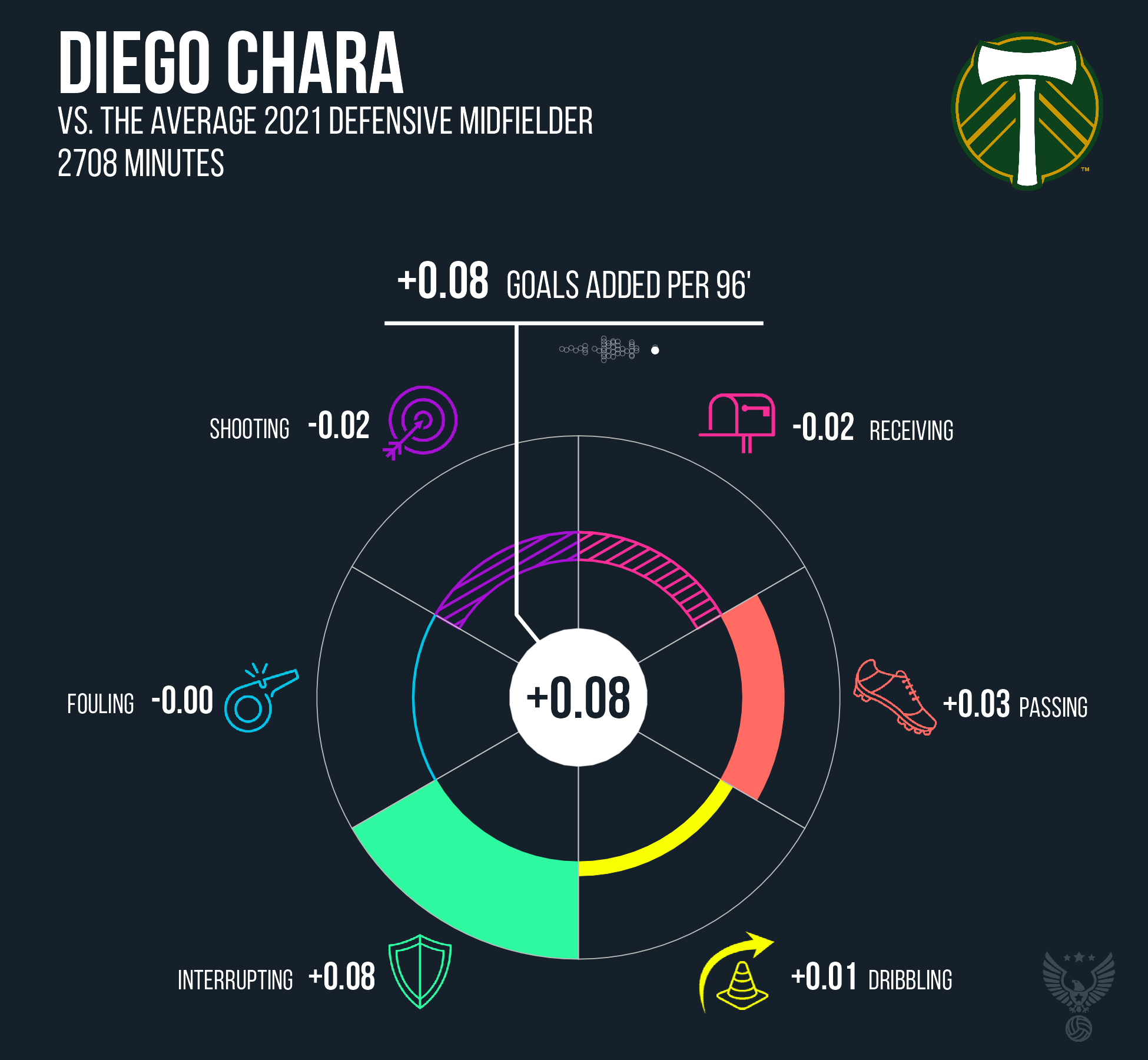
In a more implausible universe, or one where injuries force him to adjust, maybe Gio starts working toward a midfield of the future. He could build it around Williamson and Ayala, though it’s hard to see how that fits together until we see Ayala in MLS. Because he’s only 19 and I have just five minutes’ worth of knowledge about him, I won’t hype Ayala too much, but he does appear to check some boxes with good range, quality passing, and decent, if wild, bite in the tackle. If he does play deeper, maybe he’ll give Portland what they thought they had with David Guzman. Based on what we’ve seen from Williamson - tricky dribbling and the combination-play chops to break a defense - I’d be surprised to see them as a true pair, and that only revives the question of how Gio will fit all those players together.
Overall, I expect the Timbers to have a strong 2022, and probably a competitive one despite the high probability of pains that grow and shrink within the same season. On the plus side, I’m less panicked about injuries than I’ve been for a while, but, with regulars like Mora, Mabiala, and Zuparic already set to miss some early games, the Timbers will test their depth right out of the gate. For what it’s worth, I have reasonable faith in the understudies and don’t expect much worse than what Portland did in 2021. More than anything else, I’ve become convinced that having real options off the bench carries a team as much as anything in MLS, and much like last year, Portland will have that. And if the returning players can keep health and limbs together, they may even have a bit more…





